One of the best ways to keep motivated and stick with your new-found or rediscovered love of riding is to set a goal. And one of the best ways to hit that goal is to follow a training plan.
Depending on your fitness, that goal could be to ride 30 miles or complete a century ride or more – anything you realistically believe you can achieve in a set time.
Whether you opt to ride your goal distance on your own or with a group of friends, enter a sportive or an audax, one thing’s for sure – you’ll need to train. Matt Rowe, cycling coach at Rowe and King, has devised a 12-week training plan to help you accomplish your objective.
If you haven’t followed a training plan before, you can jump to our cycling training tips.
Training zones

To maximise the effectiveness of the training plan, you’ll need to establish your training zones based on your maximum heart rate (HR max).
This will allow you to target areas you want to develop and ensure you don’t overcook it. Our training plan uses zones 1 to 5:
- Zone 1: (50-59% HR max) – Easy
- Zone 2: (60-69%) – Steady
- Zone 3: (70-79%) – Brisk
- Zone 4: (80-89%) – Hard
- Zone 5: (90-100%) – Very hard
If you want to step your training up a level, you can use a power meter (or a smart trainer with a built-in power meter).
12-week sample training plan for cyclists

Cycling coach Matt Rowe, from Rowe and King, has suggested a sample week that can be adapted to suit your routine, fitness level and demands of your goal.
Don’t assume that if you only have a handful of hours a week to train there’s no use following a plan. Rowe says the majority of the riders he works with find seven to eight hours a feasible amount.
In our suggested schedule, Monday is a rest day. But Rowe says you shouldn’t automatically have Monday off if you won’t be able to ride on Wednesday.
“The order of the sessions isn’t that important,” says Rowe. “It’s more about getting the volume done.”
“Spiked efforts” are scheduled on Tuesdays. These consist of blocks of zone 3 with a 20-second spike to zone 5 every two minutes. The blocks increase in duration through the plan.
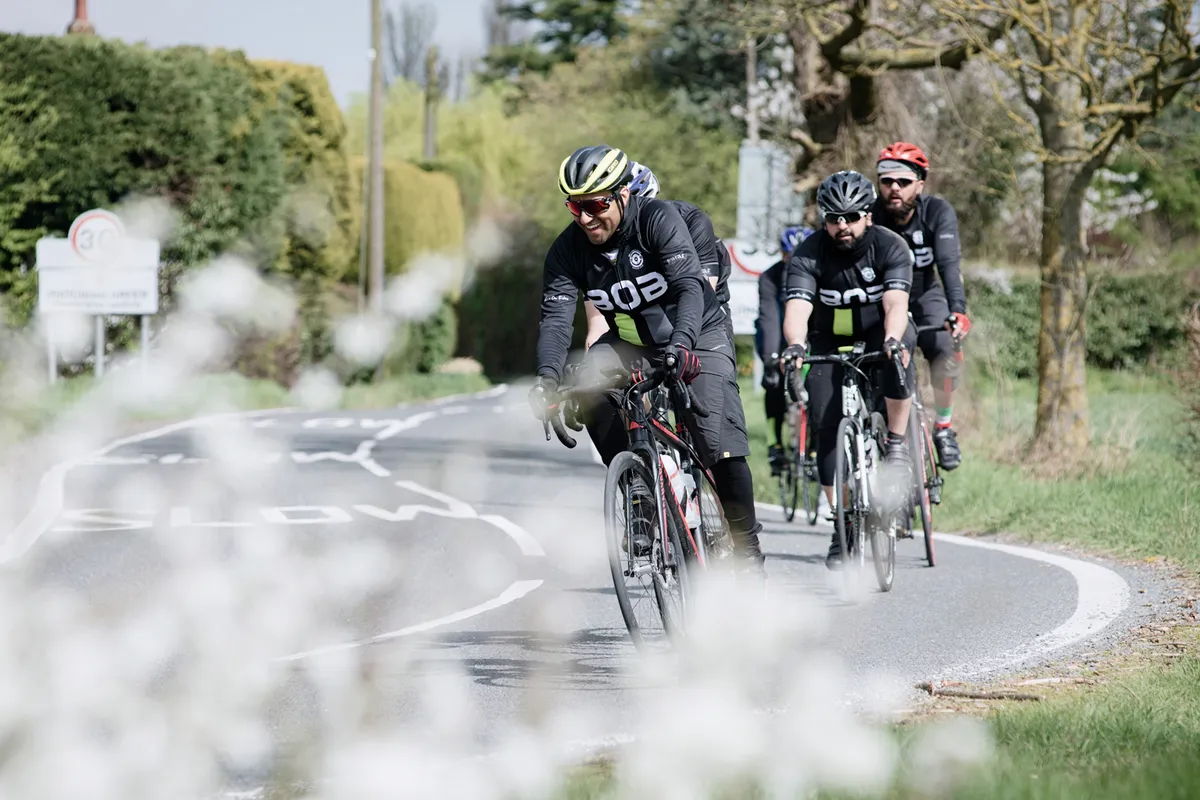
Due to the downsides of indoor vs outdoor cycling training, Rowe advocates a mid-week group ride, for example a chaingang, to work on your bike handling.
Specific threshold work can be done on Thursdays, on a smart trainer if you own one, or in a controlled and safe environment on the road.
The goal of this session is to develop pace judgement and the ability to ride above threshold in order to stay with faster riders on the day of the event, explains Rowe.
Friday is a free day. Rowe says: “Depending on how you are adapting to the workload, this could be a rest day, easy ride or steady ride.
“The key is that the remainder of the week is not impacted by going too hard.”
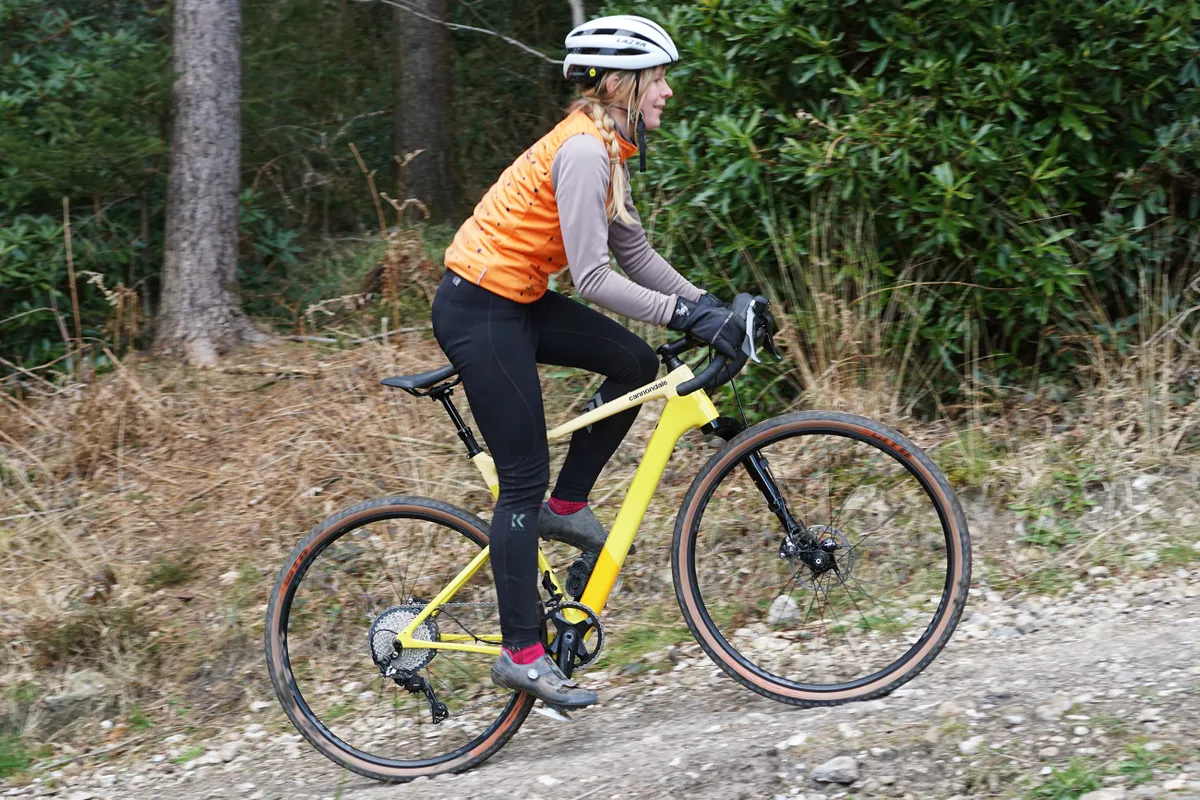
In the first half of a 12-week plan, Rowe recommends a four- or five-hour target for the weekend – broken down into two rides or all in one.
As per the periodisation principle, the training becomes closer to your target event as the start date approaches.
As a result, if you’re preparing for a six-hour sportive, Rowe recommends setting a six-hour weekend target in the second half of the plan.
The lighter final week enables you to taper before the big day.
Cut back the interval sessions to an hour and half the number of efforts per day. Take the Wednesday off instead of doing a group ride.
The terrain of your endurance rides should mimic the course of your event if possible, according to Rowe.
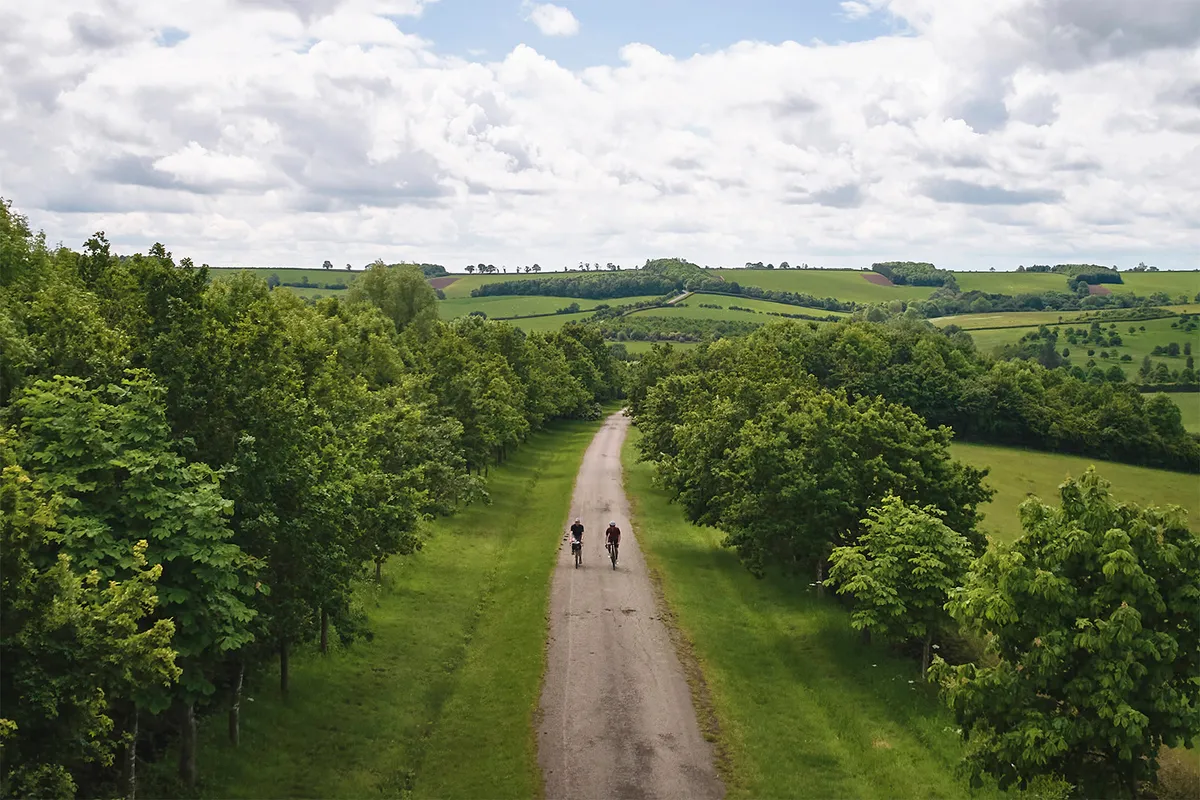
But if you live in the flatlands and are targeting a hilly sportive it won’t be practical to travel to the climbs for all your weekend training.
“As long as you’re spending four to five hours on the bike, I wouldn’t get too stressed,” he adds.
In terms of pacing in long training rides and the event, Rowe says you should start steady and finish strong.
Try to ride in zone 2 on the flat and zone 3 on the climbs, avoiding threshold-level zone 4.
Weeks 1-4
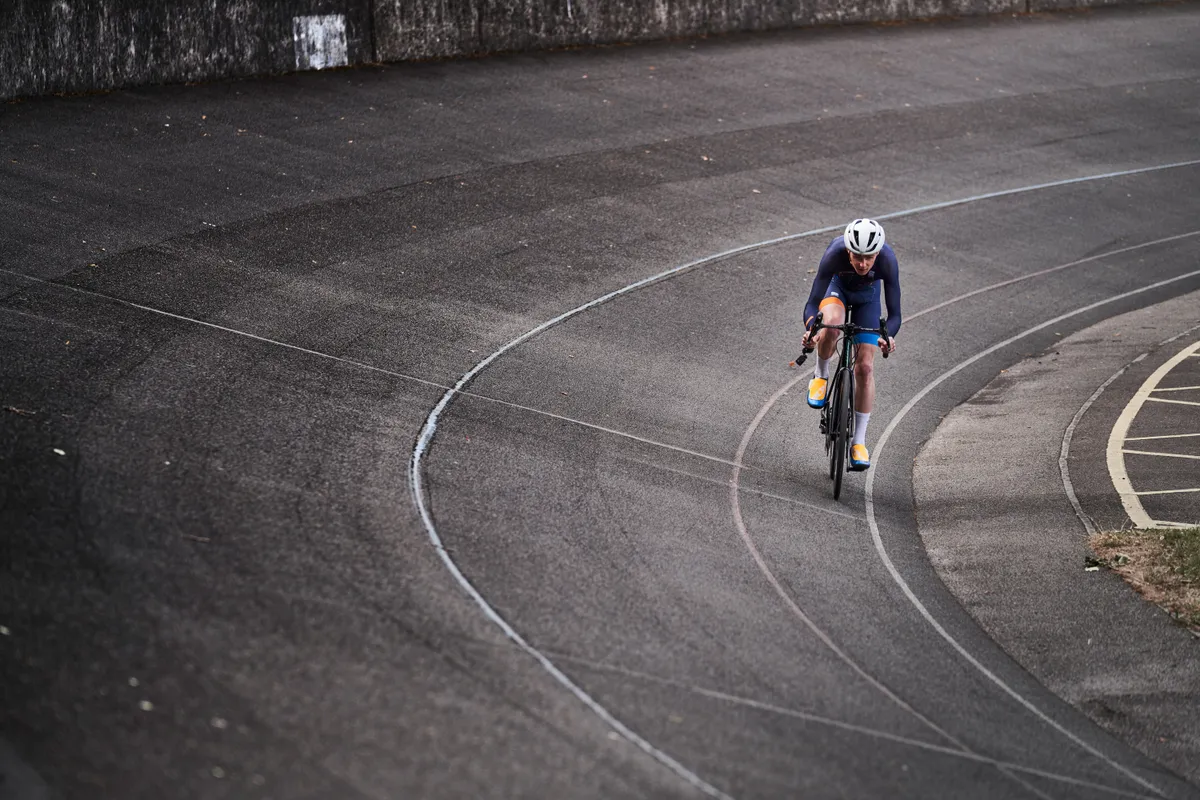
Monday – Rest
Tuesday – 90-minute ride including 2x 10-minute blocks of zone 3 with a 20-second spike to zone 5 every 2 minutes. Do 4 spikes per block. Ride in zone 2 between efforts
Wednesday – Group ride or club time trial
Thursday – 90-minute ride including 2x 12-minute threshold ramps. Start in zone 2 and ramp up past threshold to zone 5 through the 12 minutes in a very strong, but controlled effort. Ride in zone 2 outside of efforts
Friday – Free ride
Weekend – Weekend target of 5 hours across two days. Split how you like
Weeks 5-8
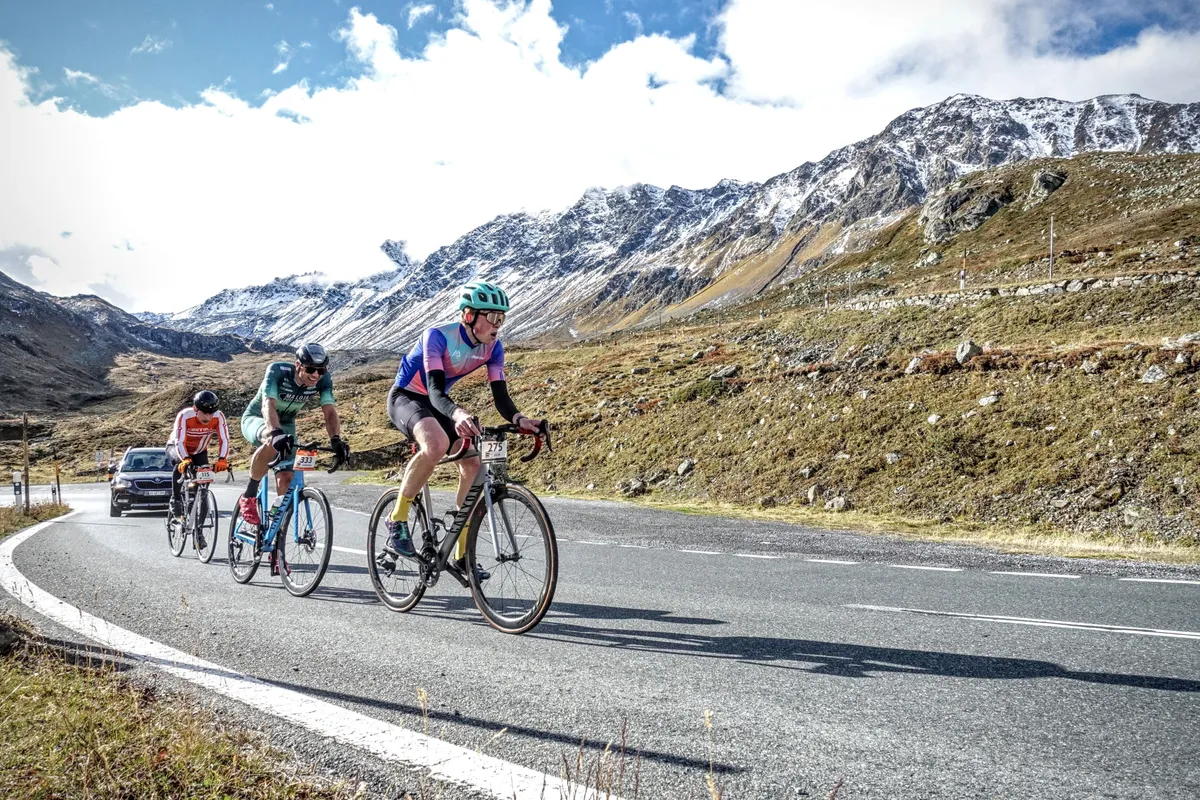
Monday – Rest
Tuesday – 90-minute ride including 3x 10-minute blocks of zone 3 with a 20-second spike to zone 5 every 2 minutes. Do 4 spikes per block. Ride in zone 2 between efforts
Wednesday – Group ride or club time trial
Thursday – 90-minute ride including 3x 12-minute threshold ramps. Start in zone 2 and ramp up past threshold to zone 5 through the 12 minutes in a very strong, but controlled effort. Ride in zone 2 outside of efforts
Friday – Free ride
Weekend – Target 6 hours’ riding, divided as you like
Weeks 9-11
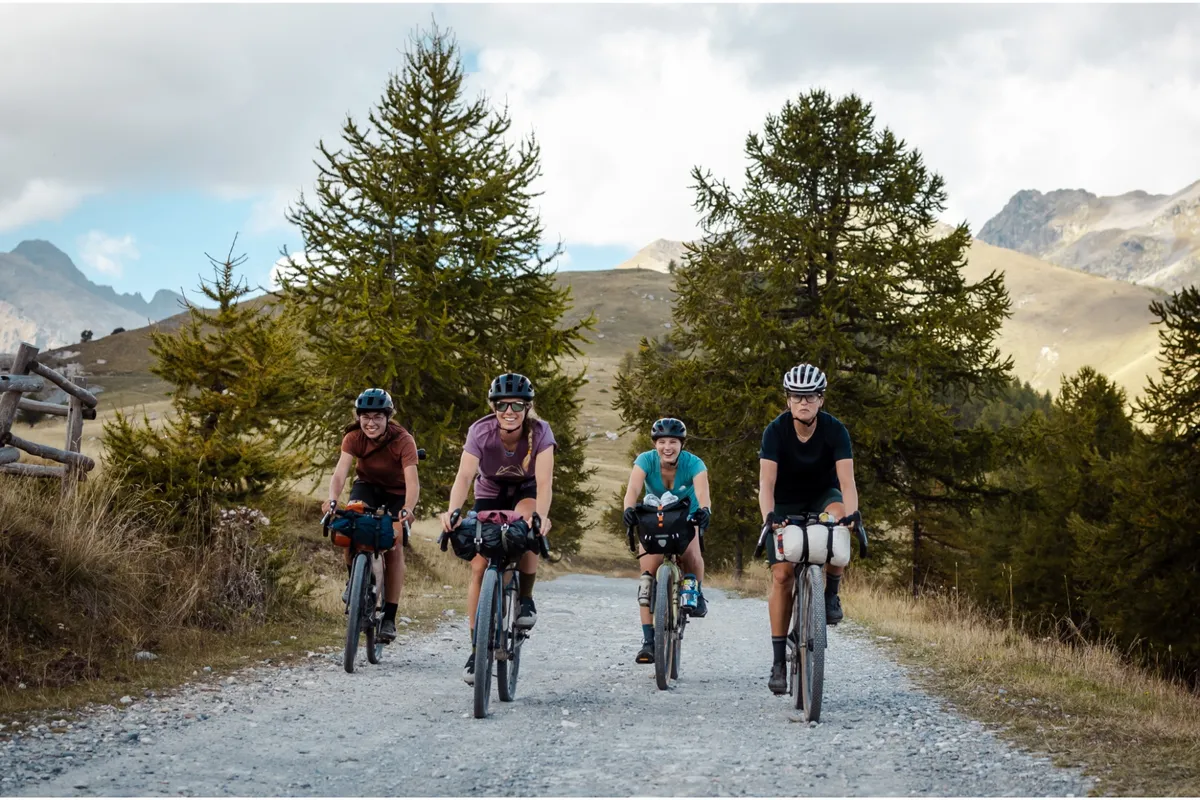
Monday – Rest
Tuesday – 90-minute ride, including 4x 10-minute blocks of zone 3 with a 20-second spike to zone 5 every 2 minutes. Do 4 spikes per block. Ride in zone 2 between efforts.
Wednesday – Group ride or club time trial
Thursday – 90-minute ride including 4x 12-minute threshold ramps. Start in zone 2 and ramp up past threshold to zone 5 through the 12 minutes in a very strong, but controlled effort. Ride in zone 2 between efforts
Friday – Free ride
Weekend – Rest on Saturday, ride five hours on Sunday. Increase to six hours in week 11
Week 12
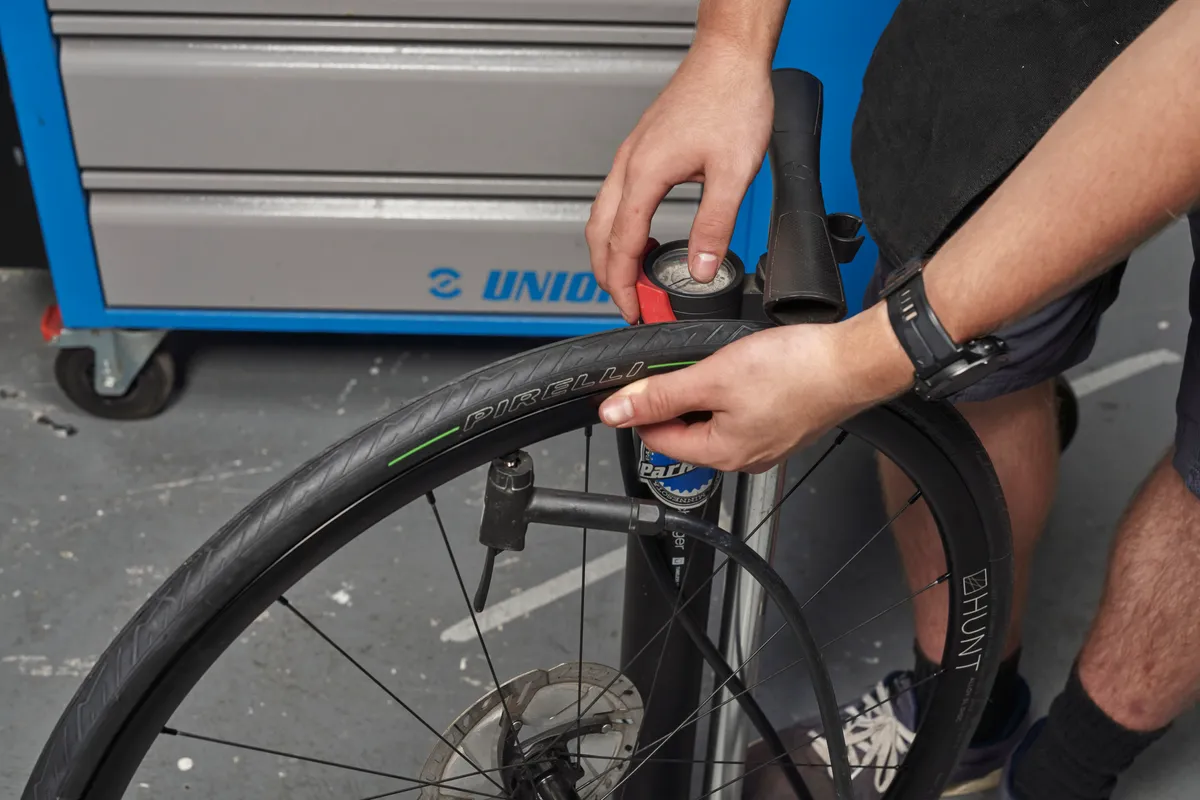
Monday – Rest
Tuesday – Shorter version of spiked efforts session
Wednesday – Rest
Thursday – Shorter version of threshold session
Friday – Free ride
Weekend – Event
Cycling training tips
Set your goal
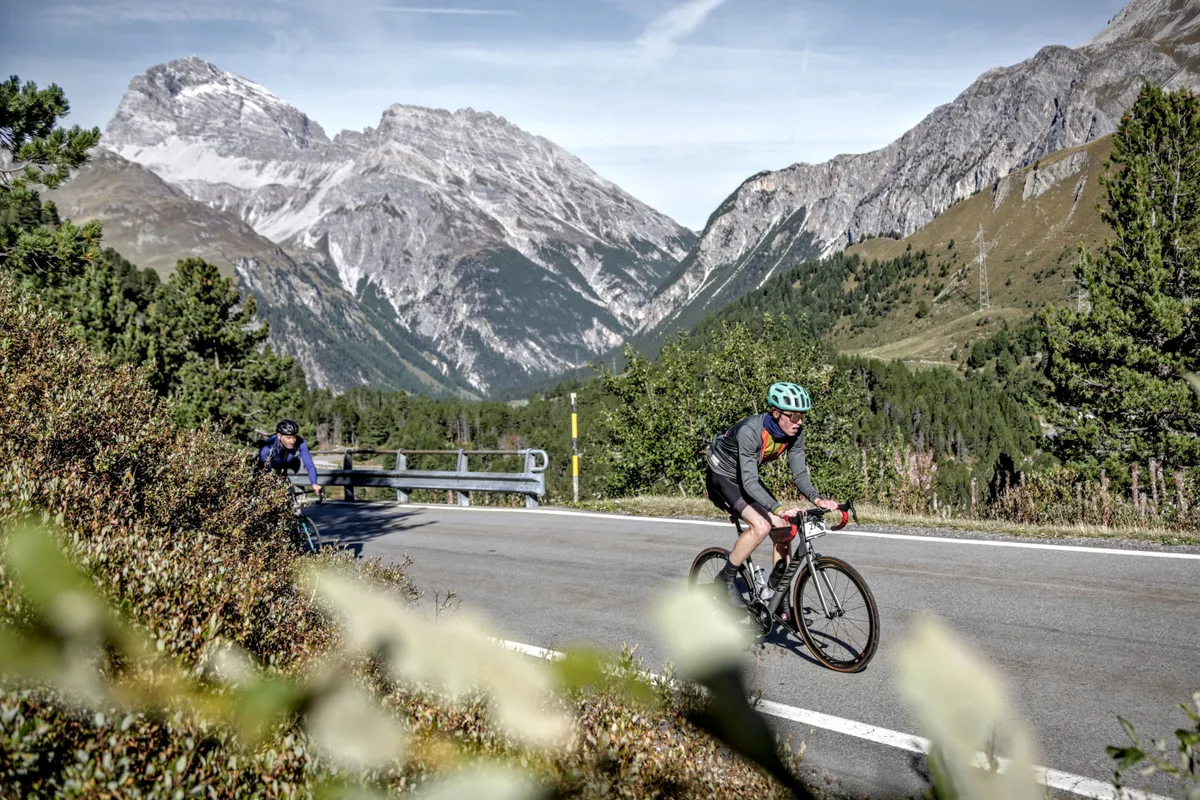
First, choose your event. You want to be challenged, not overwhelmed. Be realistic. If your winter training plan has gone awry, you’ll need to dial back your summer target.
Write your goal down and put it in your wallet, on the fridge door – anywhere you’ll see it often enough to keep you focused.
Get your long rides in
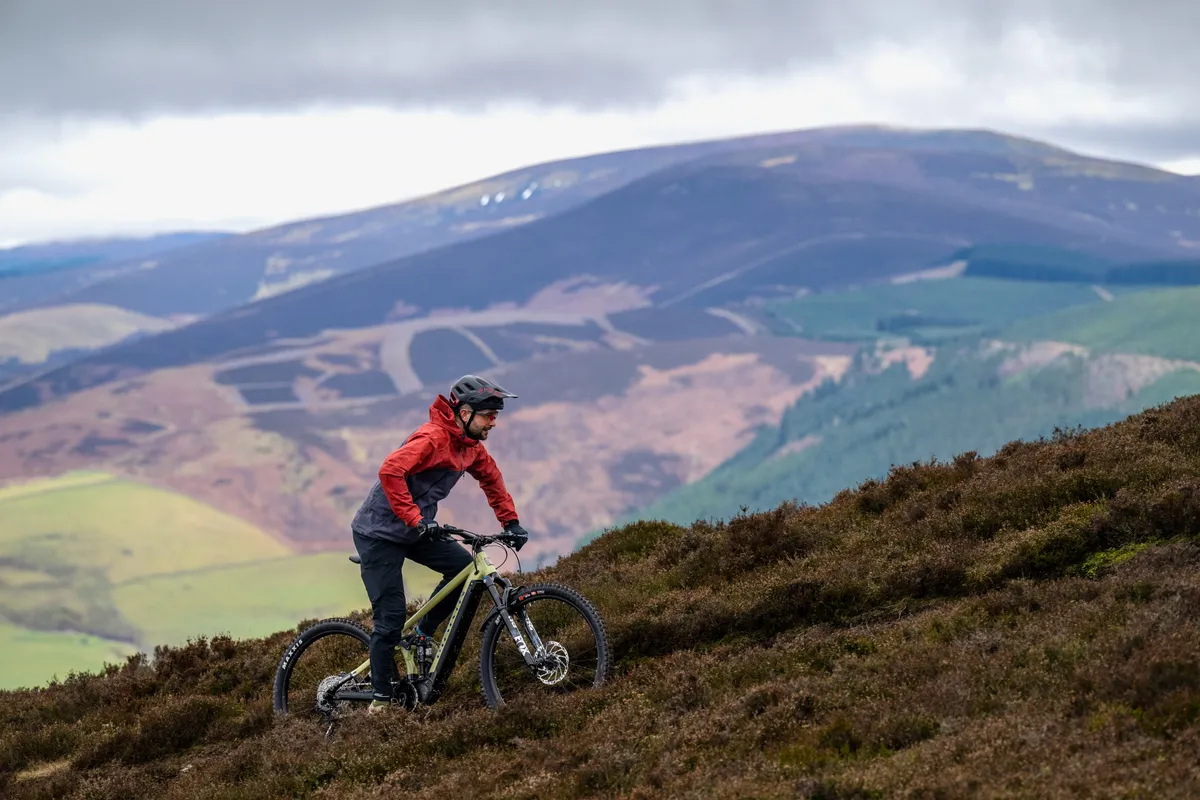
We all miss occasional planned rides, but don’t miss the long base training rides at the heart of your schedule – they’re vital.
Bad weather? Go out anyway. You might need to ride in the rain on event day.
Bike’s broken? Fix it by learning essential bike maintenance tips or take it to your bike shop.
Long rides are when your body and mind get used to handling the demands you’ll face on the big day.
Many training plans promise to get you fit fast. Low-volume and high-intensity intervals can deliver short-term fitness gains.
But the positive correlation in cyclists between aerobic endurance – the essential attribute for going the distance – and training volume suggests there’s no shortcut to stamina.
Develop specific skills and fitness
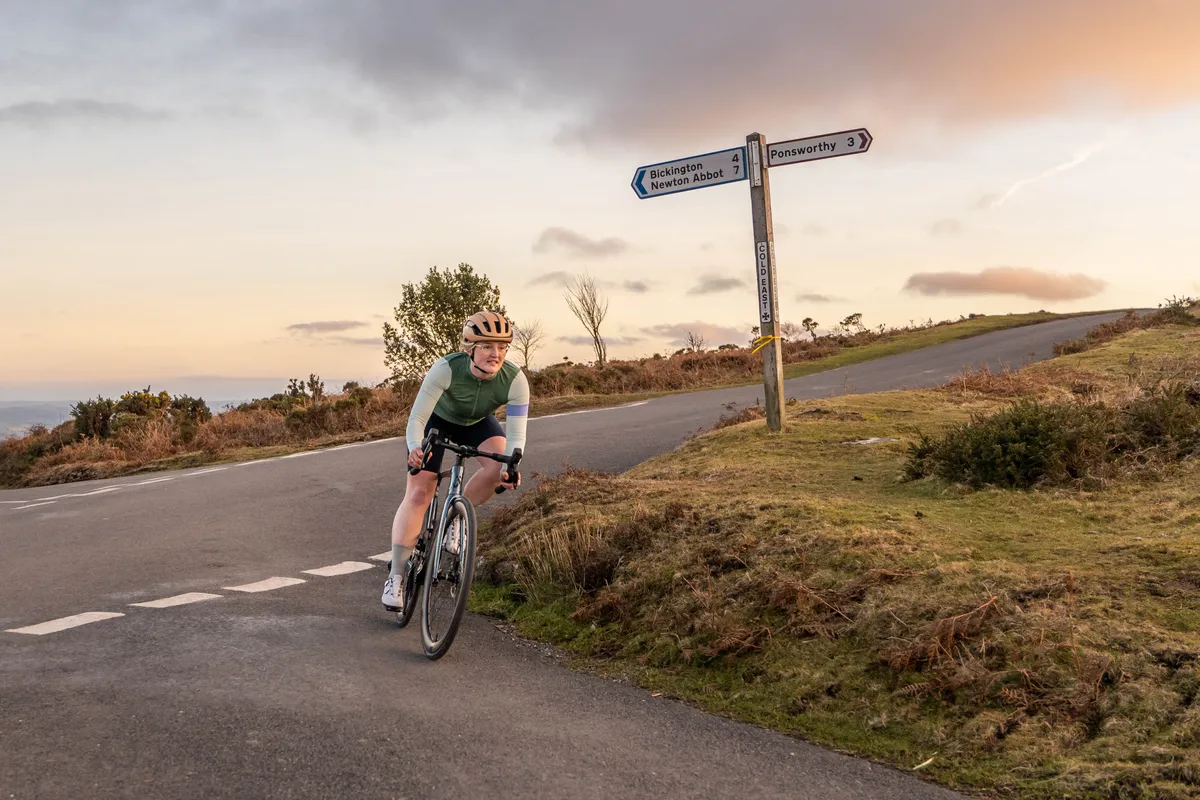
Developing your riding skills is an essential part of gravel training and mountain bike training, but also road training.
Most sportives involve hills, so you’ll need to practise going down and up in training as well as riding in a bunch.
Incorporate technique work into your general rides. On long, winding hills, work on your descending and cornering by laying off the brakes, leaning into the corners and learning when to put the power back on.
Be careful, though – do this with a riding mate and only on quiet roads where you can easily see approaching traffic.
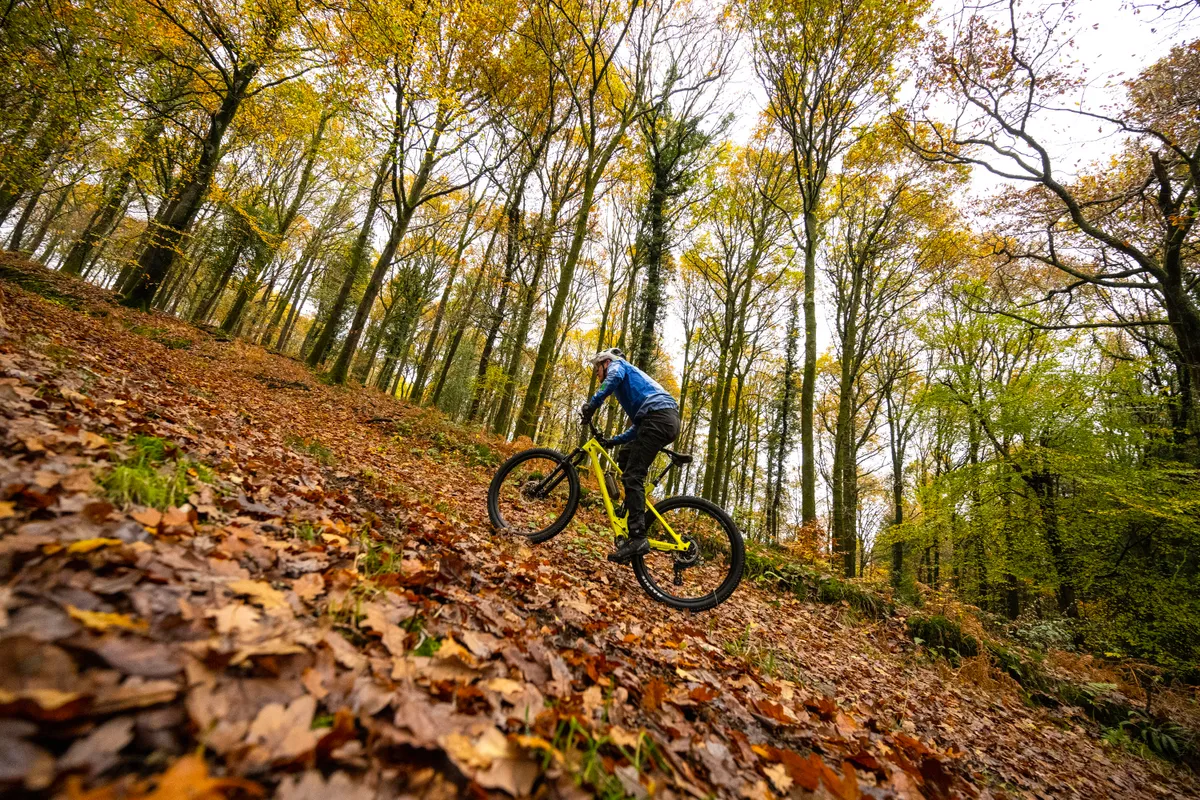
On a hilly course, you’ll spend a lot more time riding up hills than going down them. Therefore, improving your climbing will be more beneficial to your overall time than just being a demon descender.
The key on the climbs is power-to-weight ratio. You can boost your watts per kilo by either reducing body fat and maintaining power or becoming more powerful and maintaining weight.
Sheltering from the wind by riding in a group saves you masses of power output from your legs and will increase your average speed. To be able to ride safely and comfortably in a bunch on event day, incorporate group rides into your training.
Raise your threshold

It is a misconception that lactate leads to muscle fatigue. Instead, lactate can actually provide an energy source and beneficially raise your heart rate.
Glycolysis – the conversion of glucose into energy – produces lactate, explain Tom Bell and Dr Emma Wilkins of High North Performance coaching.
Confusion stems from how the levels of lactate in the blood rise in step with the levels of fatiguing metabolites. It is these that cause you to slow down.
The point at which fatiguing metabolites start to accumulate faster than you can disperse them is your threshold power or approximately your Functional Threshold Power. Raising this will help you ride a faster sportive.
Have a rest
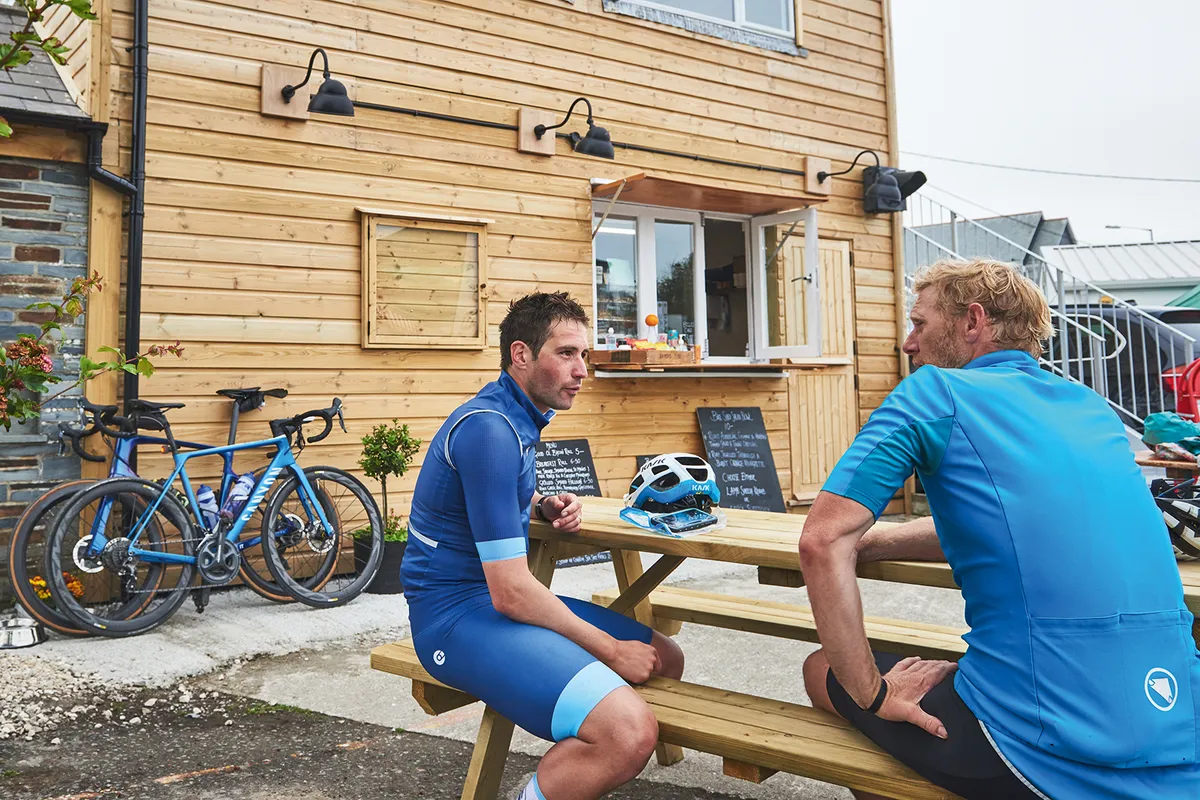
You don’t get fitter when you’re riding, you get fitter when you recover afterwards.
This is why you need to have at least one day without exercise every week, or more if you over-stretch yourself, plus an easy week each month.
Drink enough
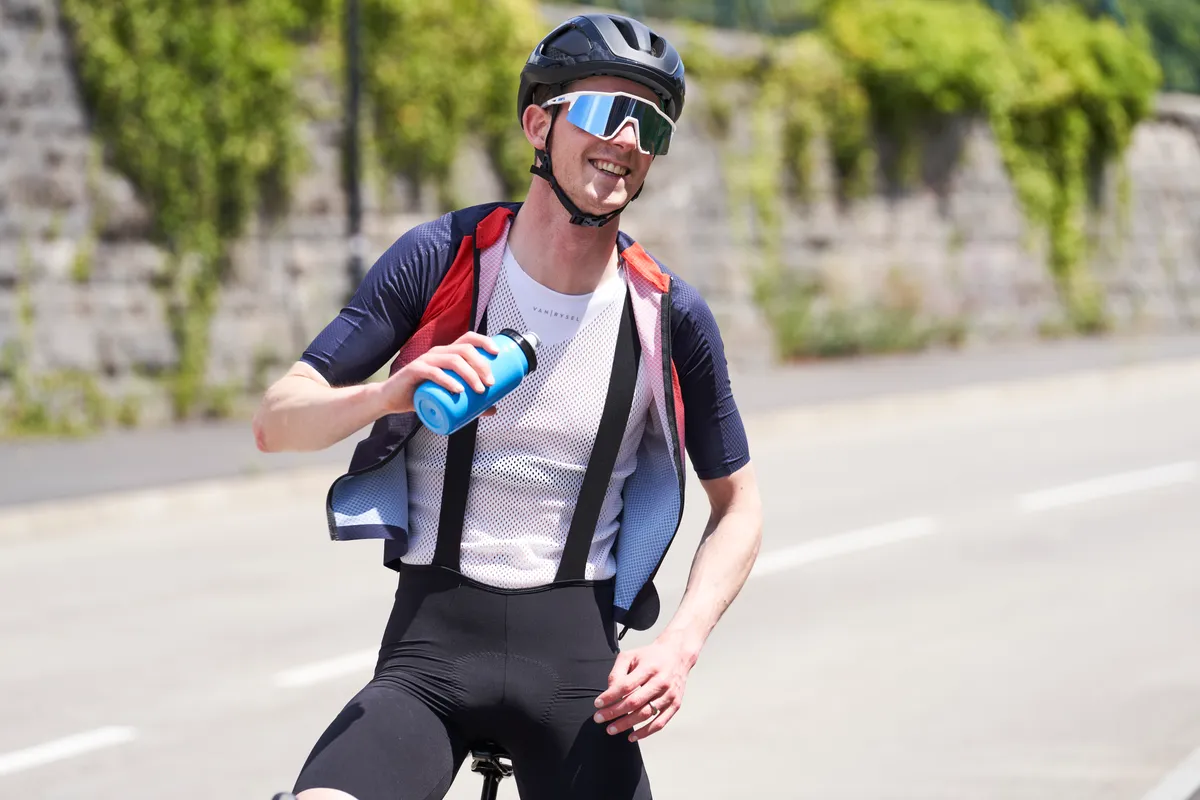
The amount you need to drink to stay hydrated while riding varies according to your personal sweat levels. Forget precise fluid intake recommendations.
Complicated pre- and post-exercise weighing to calculate how much fluid you’ve lost has also fallen from favour.
Drinking to thirst before, during and after rides does the trick, according to a study by Armstrong et al. called “Drinking to thirst versus drinking ad libitum during road cycling”.
Eat enough
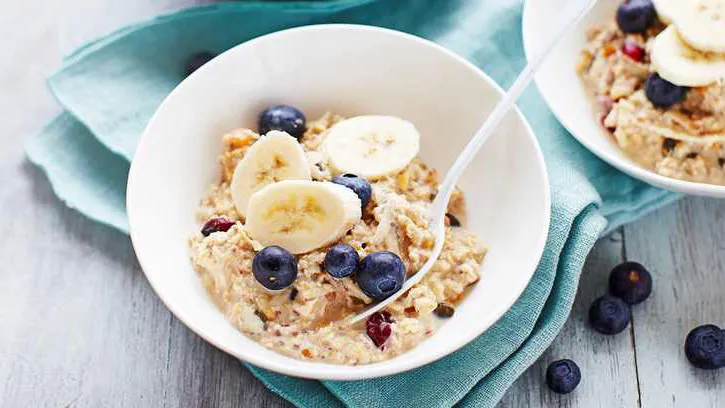
You must top up your muscles’ energy stores during cycling otherwise you’ll suffer a ‘bonk’ – when your body can’t get the energy it needs.
To avoid that catastrophic energy dip and to perform at your best in hard sessions, carbs are critical.
Your pre-ride breakfast needs to be carb-rich. Then, on rides longer than 90 minutes, ingest between 30g and 100g of carbohydrate an hour (irrespective of bodyweight). This can be in the form of drinks or food.
In training, the lower end of the range should suffice subject to duration, intensity and your weight loss goals. But you’ll need more on event day and you will need to practise your fuelling strategy beforehand. One of your longer rides is the ideal opportunity.
Have a quick-to-cook and carb-dense meal in mind for when you get home.
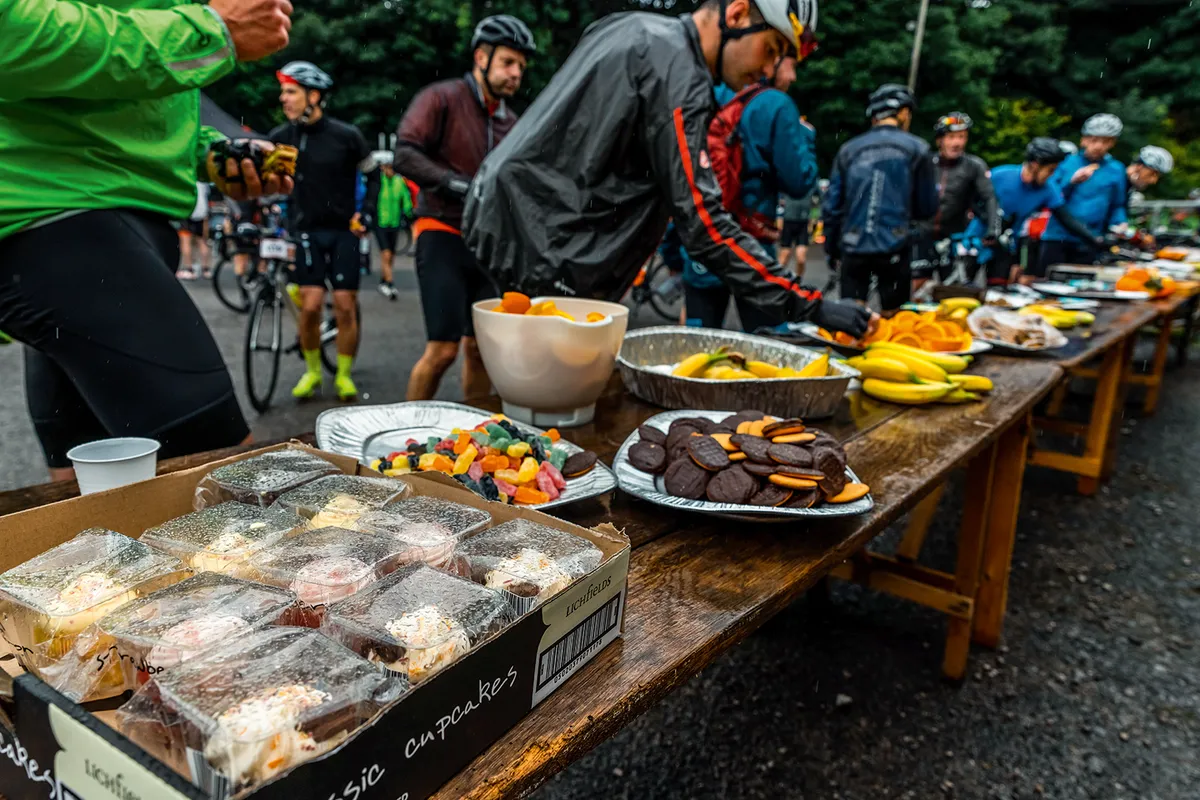
Your needs could differ from the norm, so experiment in training to learn exactly what you can tolerate and what you need with you on the day.
If riding an event, find out what food and drink will be available and at what points along the route, and see if it suits you.
If you can’t stomach the energy drink on offer, for example, take your own or make your own energy drink or energy bars.
Sweet stuff could become sickly as the ride goes on. With this in mind, start off on more savoury, solid carbs. Slower-release energy from, for example, small sandwiches and boiled new potatoes is what you want early doors.
Then transition to faster-acting carbs, such as sweets and energy gels perhaps with caffeine, in the latter stages.
Avoid injury
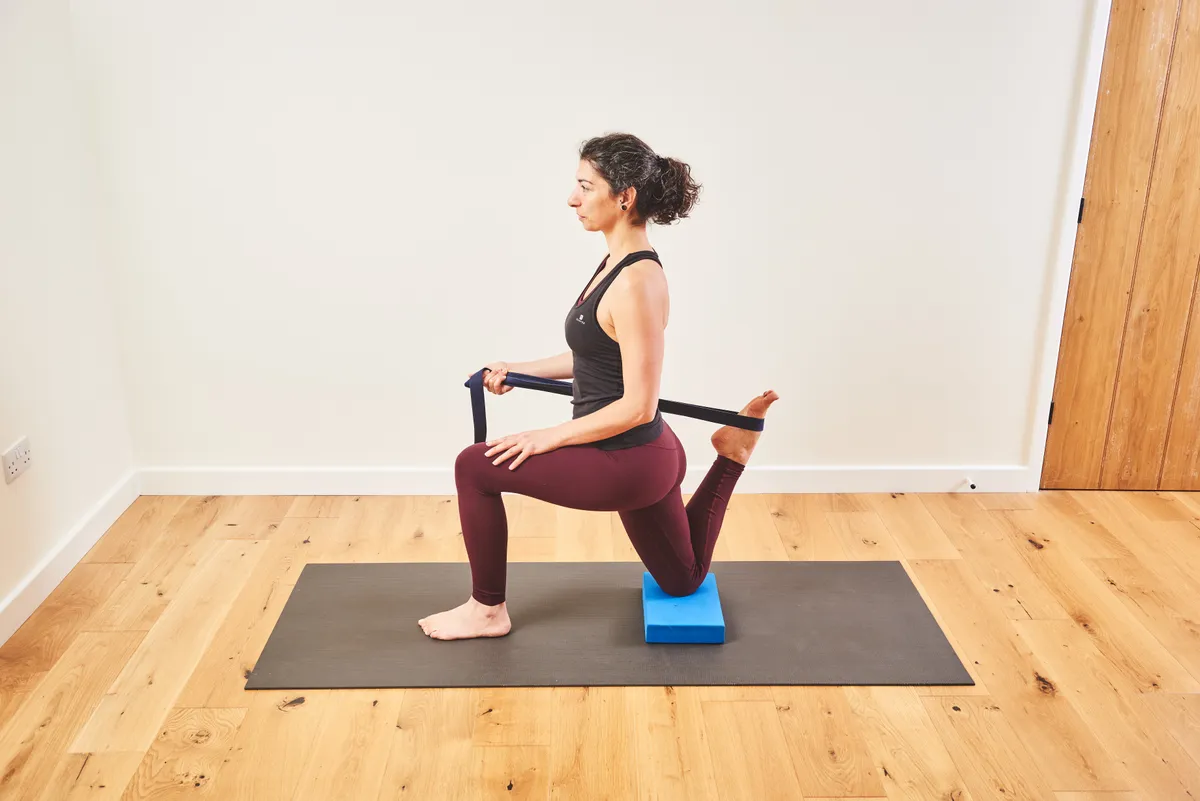
The root of the most common types of pain caused by cycling is overuse. Therefore, you need to look after your body when you begin a training plan and ride harder and longer.
These cycling stretches can help improve your flexibility, while strength training can make your body more durable.
You might be tempted to ignore niggles in order to stick with the programme. Don’t! Riding through pain can make minor problems major.
If you get injured, you should take it seriously. Take time off or do some cross-training. If necessary, visit a health care professional or get a bike fit to avoid any injuries from a detrimental riding position.
